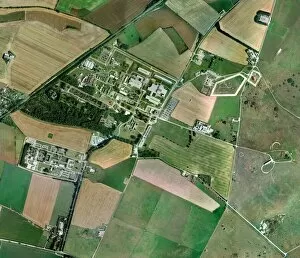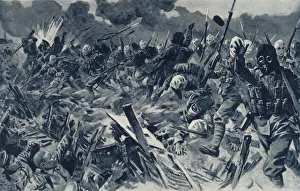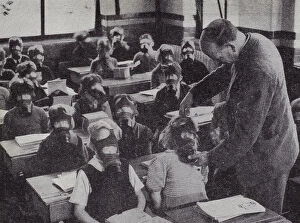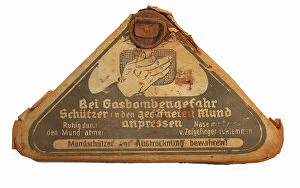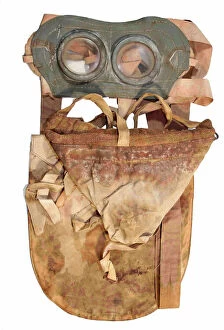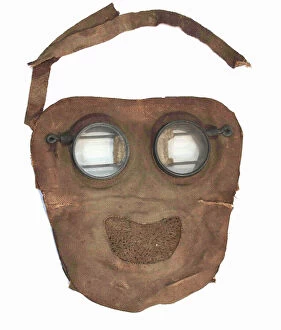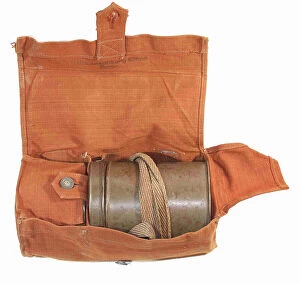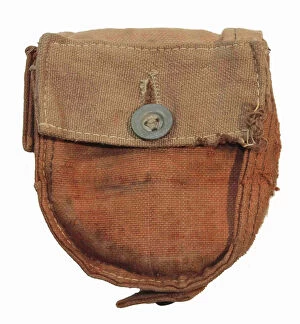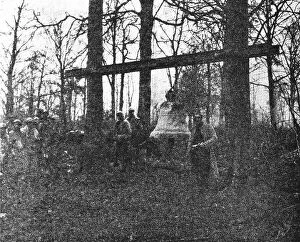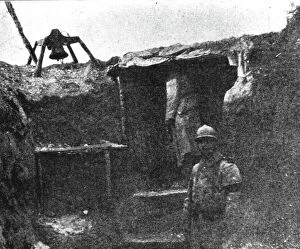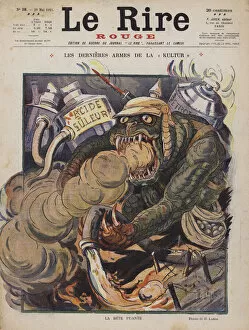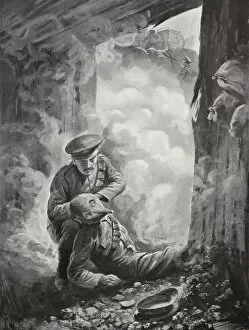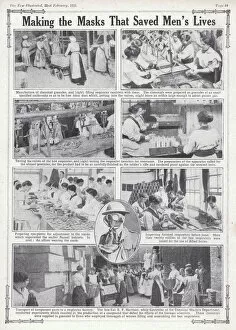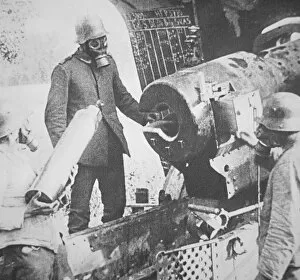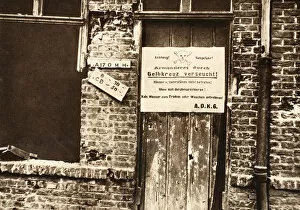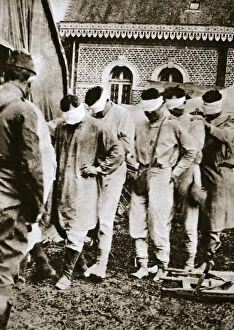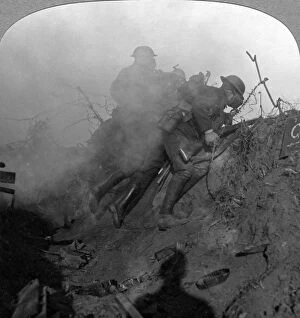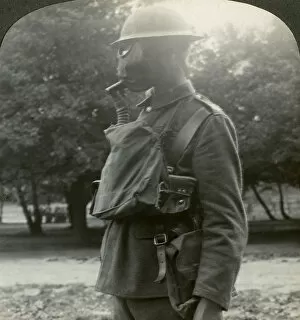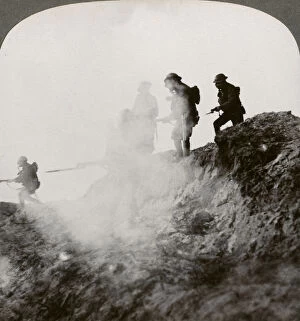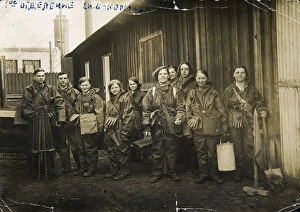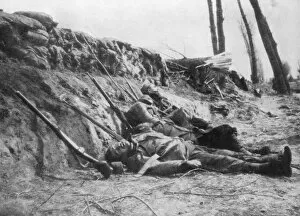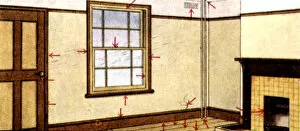Chemical Warfare Collection
"Unleashing the Invisible Enemy: A Haunting Chronicle of Chemical Warfare" In the depths of secrecy
All Professionally Made to Order for Quick Shipping
"Unleashing the Invisible Enemy: A Haunting Chronicle of Chemical Warfare" In the depths of secrecy, Porton Down emerges as a clandestine hub for chemical warfare research. An aerial photograph captures its enigmatic presence, shrouded in mystery and intrigue. As World War II looms over Britain, young schoolchildren diligently practice donning their gas masks. The black and white photo serves as a poignant reminder of their innocence lost amidst the horrors that lay ahead from 1939 to 1945. Amidst the chaos of battle at Loos on September 25th, 1915, hooded British Territorials charge fearlessly into German trenches. Their valiant efforts against an unseen enemy epitomize the grim reality faced during this gruesome conflict. Cigarette cards depicting Air Raid Precautions circulate in pre-war Britain in 1938. Little did they know that these precautions would soon become a lifeline against deadly gases unleashed upon unsuspecting soldiers and civilians alike. Irony takes center stage as German soldiers are asphyxiated by their own poison gas blown back into their trenches during World War I in 1915. This color lithograph paints a vivid picture of karma's cruel twist on the battlefield. In Corpus Christi, Texas, circa 1942, a sailor at Naval Air Base dons new protective clothing designed to shield him from chemical threats. Howard Hollem's photograph encapsulates both resilience and vulnerability within one frame. "The Stinking Beast, " or "La bete puante, " becomes synonymous with terror during wartime conflicts. This colorful lithograph symbolizes the malevolent nature of chemical weapons that haunt those who encounter them. A French schoolboy wearing a gas mask stands frozen in time through a black and white photo taken in 1916. His youthful face masked by necessity reflects an era where innocence was overshadowed by survival instincts. Even when German poison gas assumed a reddish hue, its devastating impact remained unchanged.

